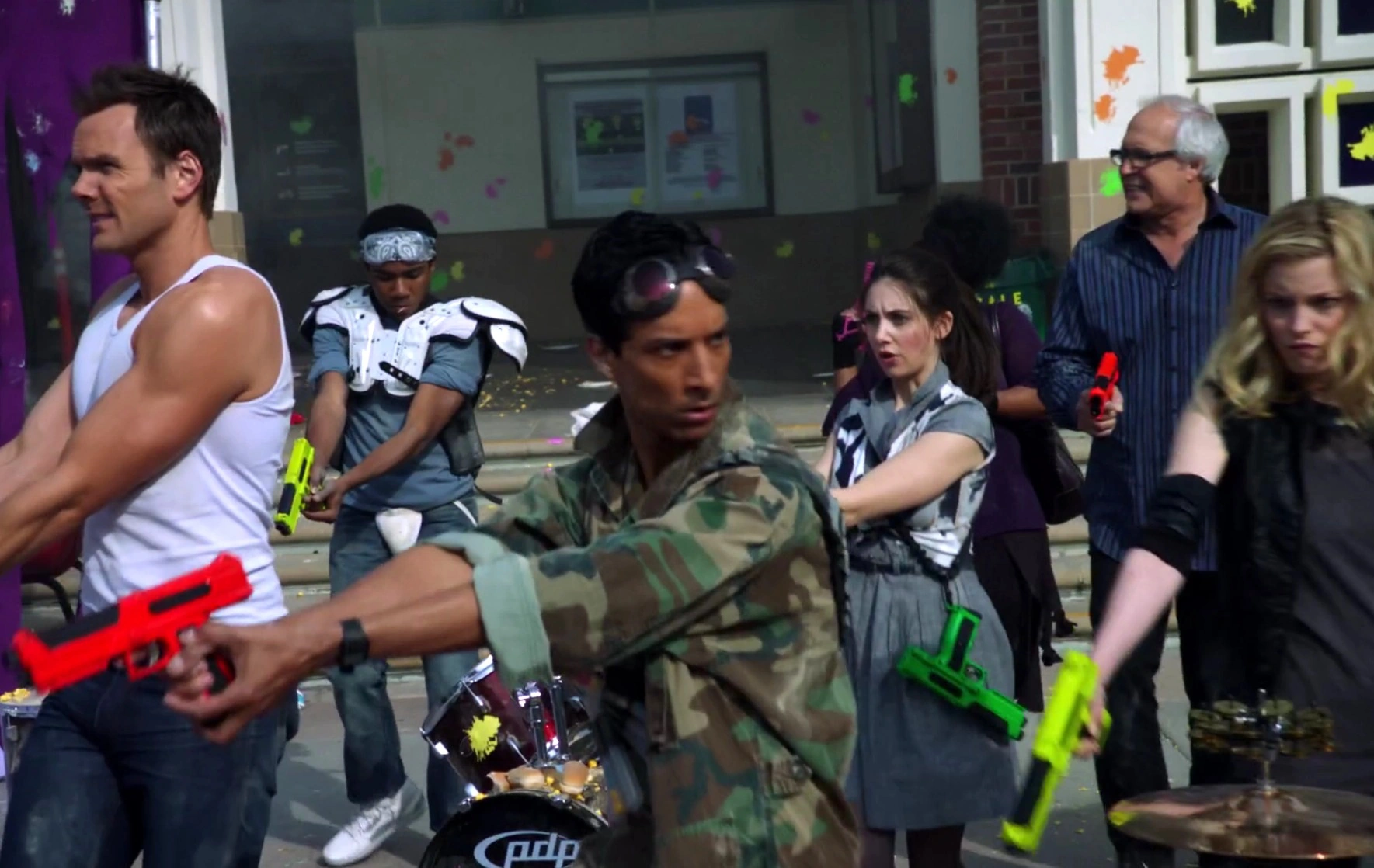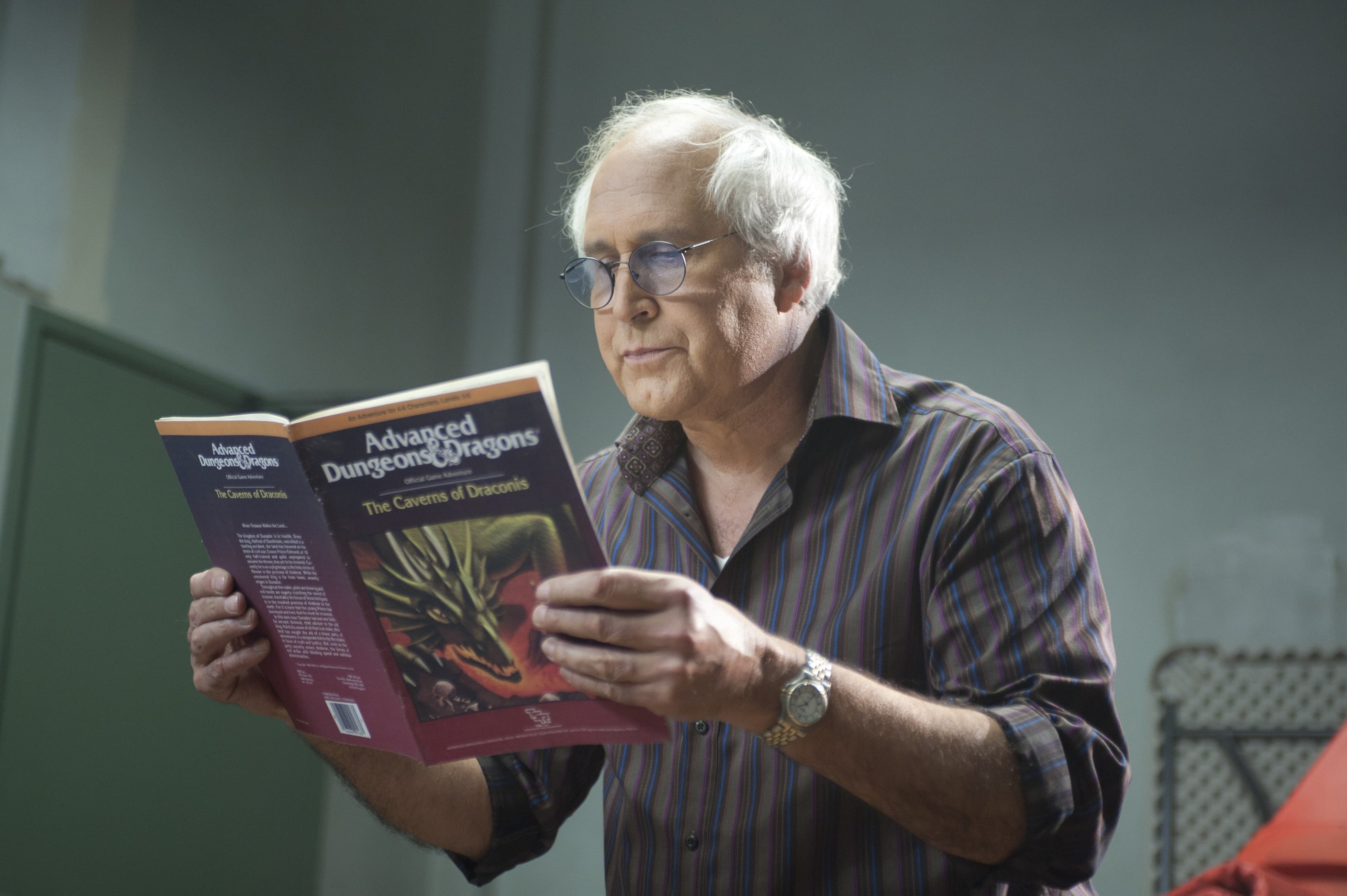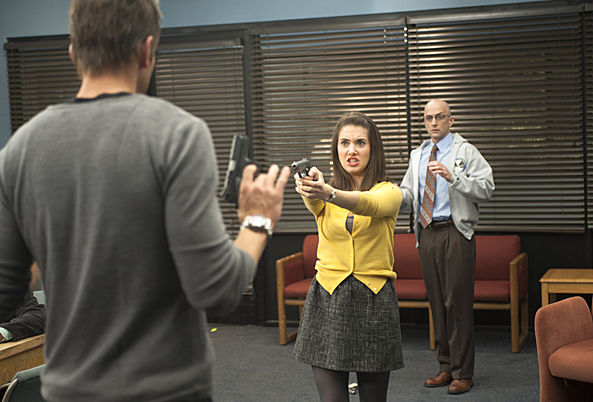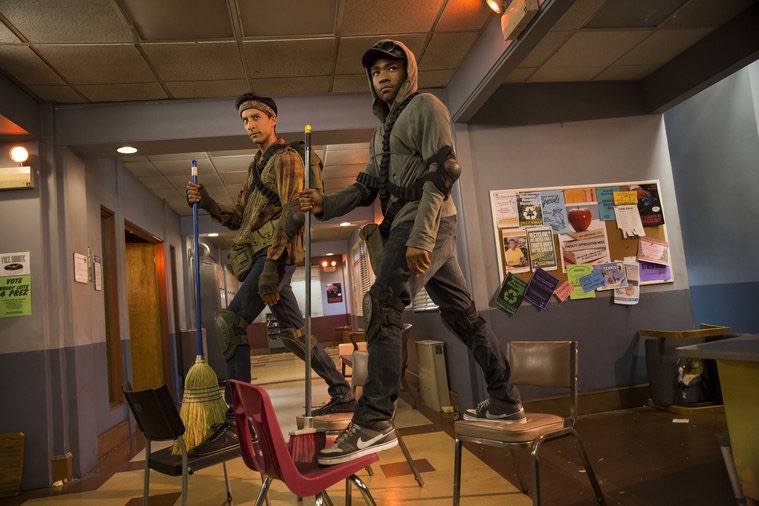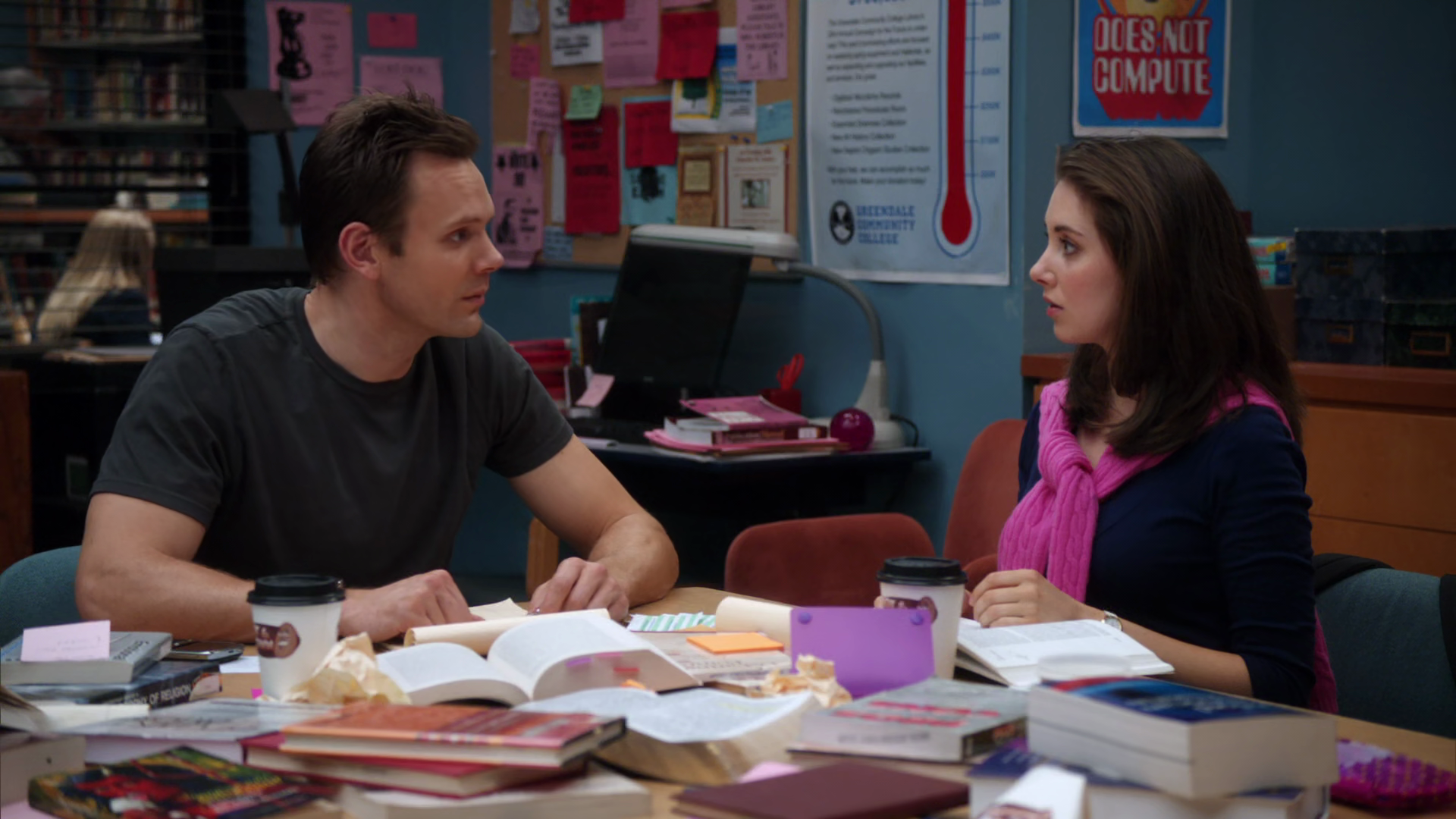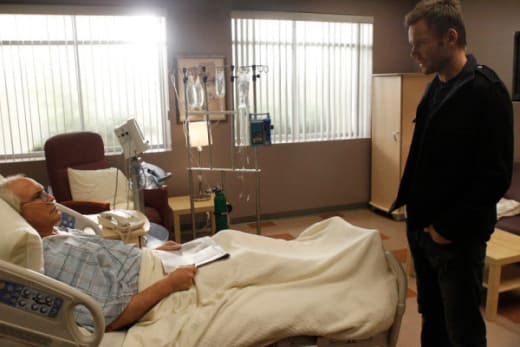… is no mean feat. To begin with, what criteria do you use? Enjoyment? Filmmaking? Legacy? Creativity? Different fans of the franchise use wildly different metrics – this is how you end up with people who rank the prequel trilogy at the top (at least Lucas has a wild imagination, or so the story goes). And then there’s the eternal question: What makes Star Wars, well, Star Wars? Is it as simple as spaceships and laser swords, or is it something a bit more ethereal, undefinable?
At the end of the day, when compiling this list (which I’d obviously intended on posting May the 4th, but then, um, didn’t), I relied on three main metrics of my own.
First, overall quality. This should be obvious, but I tried to remain at least moderately objective. This is why, for instance, most of the prequels are low, despite the fact that child-me really enjoyed them. Watching them again, the incompetence is pretty staggering; that they are enjoyable at all feels almost accidental.
Second, personal enjoyment. Again, obvious: I’m not going to place very high a movie I don’t like. This criteria does mean that I might place slightly higher a movie that others dislike immensely (hint hint).
Finally, rewatchability. This is by no means the most important consideration, but when I was making some tough calls, I had to as myself: Which one of these would I actually like to watch again? If given the choice between two films, which – to use the parlance of the day – sparks more joy? This was more a consideration towards the bottom, as I had to make some hard choices about placement.
Below, I’ve ranked thirteen Star Wars movies – all but the last place entry were theatrically released, which was my main barrier of entry for this list (as great as The Mandalorian is, it doesn’t belong here). Without further ado, here is Star Wars, ranked.
13. Star Wars Holiday Special
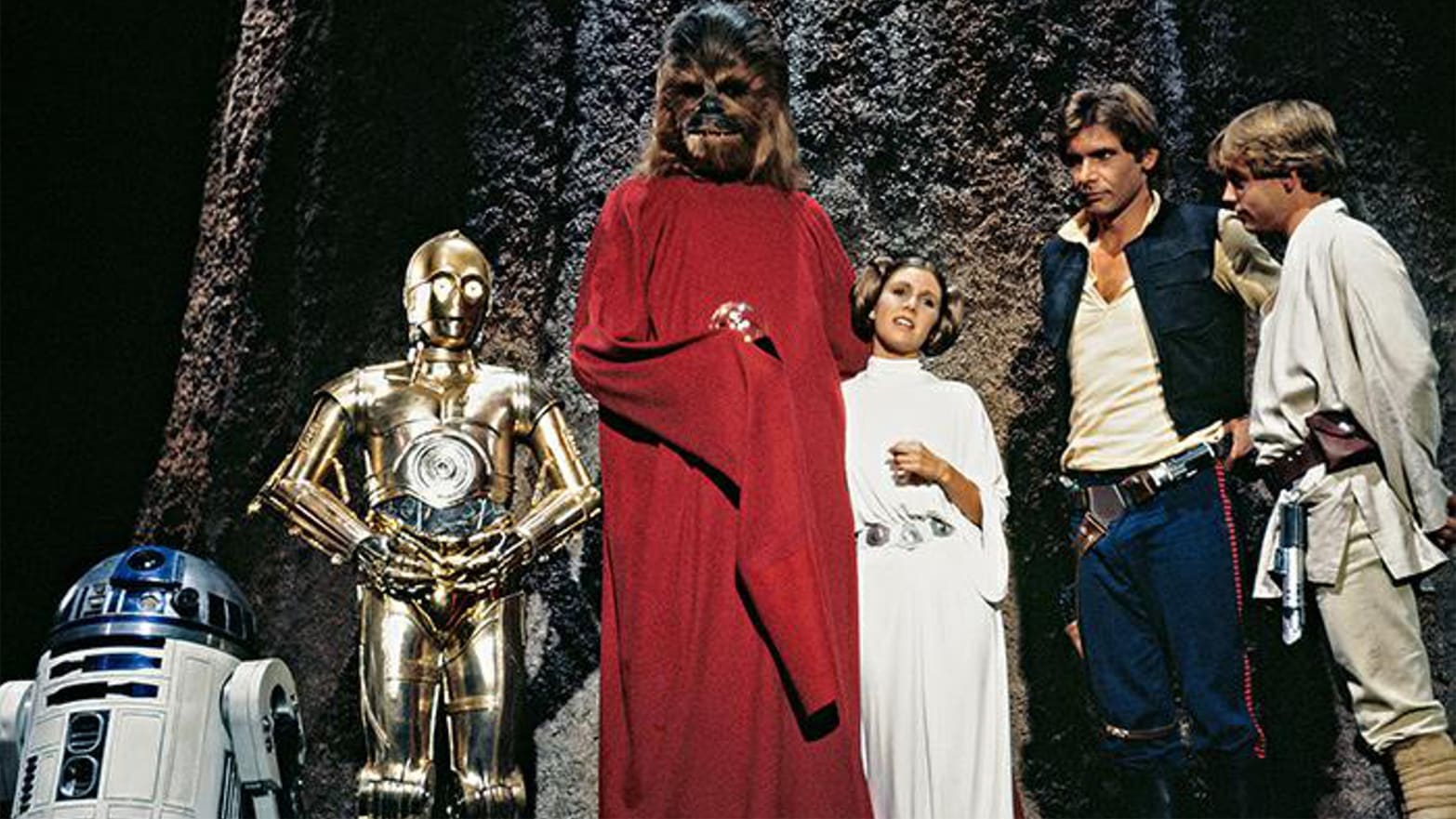
Okay, is it a bit of a cheat to include this one? Yes. It’s also not particularly fair to the Holiday Special, which was obviously not designed to stand together with the other (real) movies. But dammit, I watched the whole thing and for my suffering, I get to at least put it last on this list.
12. Episode II – Attack of the Clones

The true nadir of the “Star Wars Saga” is this overlong, plodding entry that strains so very hard to make us believe that Anakin and Padmé love each other and that Anakin has a growing darkness within him – and somehow fails spectacularly at both. The Yoda vs. Dooku fight is fun, but just about every other choice here is perplexing to say the least, with some of the worst action and humor of the franchise (C-3PO’s head getting stuck on a battle droid is just … ugh). Combine all this with easily the worst dialogue in the franchise (“I don’t like sand!”) and you get a meme-worthy but otherwise execrable entry.
11. Star Wars: The Clone Wars
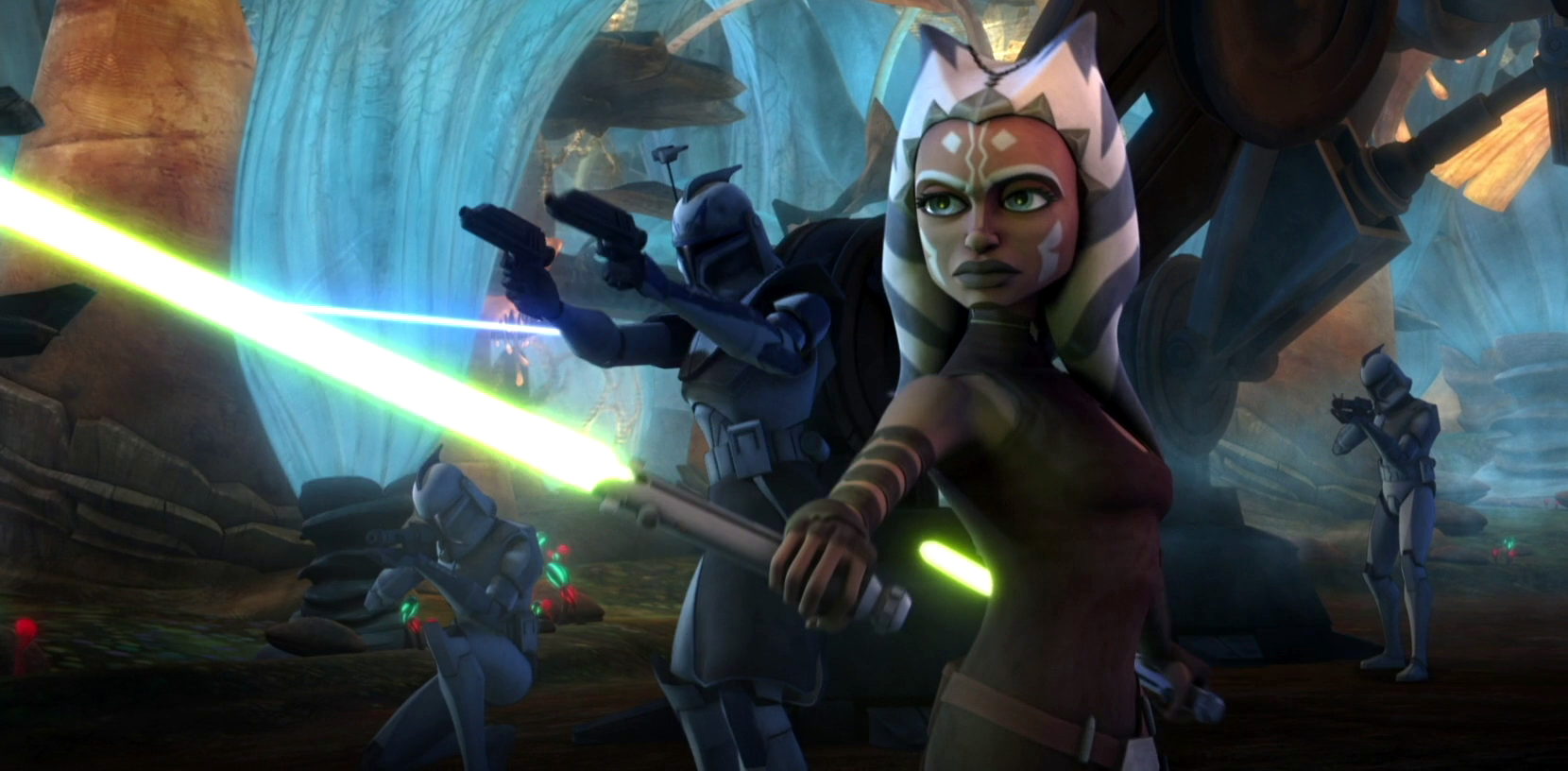
You may not have even seen this one, but yes, it was actually released in theaters! Basically, this was the first four episodes of the Clone Wars TV show cut and pasted together into a movie, and it shows. While not as obviously abominable as the previous two entries on this list, it also barely qualifies as a movie. It doesn’t help that important plot points are basically glossed over – like, in what universe does it make sense that Anakin gets a padawan? Anakin and Ahsoka also slip fairly quickly into a well-defined master-student dynamic, complete with nicknames, which doesn’t feel remotely earned. And poor Padmé makes a late-film appearance for a story that works fine as a B-plot in an episode but is totally perplexing in the last act of a movie. In other words, it’s a mess that never should been seen this way.
10. Episode IX – The Rise of Skywalker
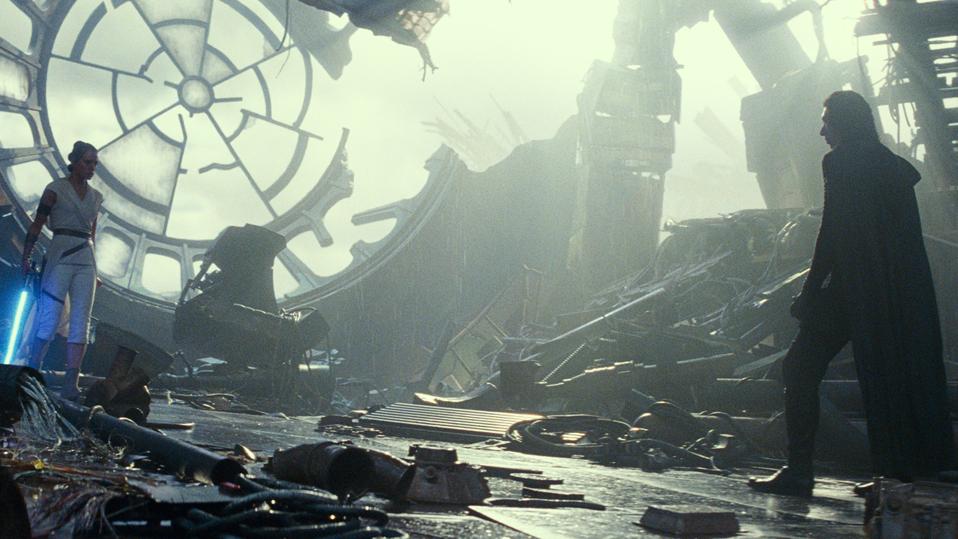
No wait, come back! Look, I get it, this is very obviously not worse than, say, The Phantom Menace, at least on a technical level. But remember, one of my criteria is, which one am I likely to revisit? And I have to admit, having now seen this three times, I can’t imagine rewatching it unless I have to as part of a rewatch of the whole series. It’s just such a mess, a thin skein of ham-fisted exposition and half-hearted character work wrapped around a core of nostalgia-fueled retconning. The first hour or so is a series of fetch quests that amount to nothing. There’s never even a moment to breathe. The Rise of Skywalker is exhausting, and not in a fun way. Even just the thought of rewatching this makes me feel worn out. It’s a hot mess with a couple of enjoyable moments – but as the conclusion to the “Skywalker Saga,” it falls flat in pretty much every important way.
09. Solo: A Star Wars Story
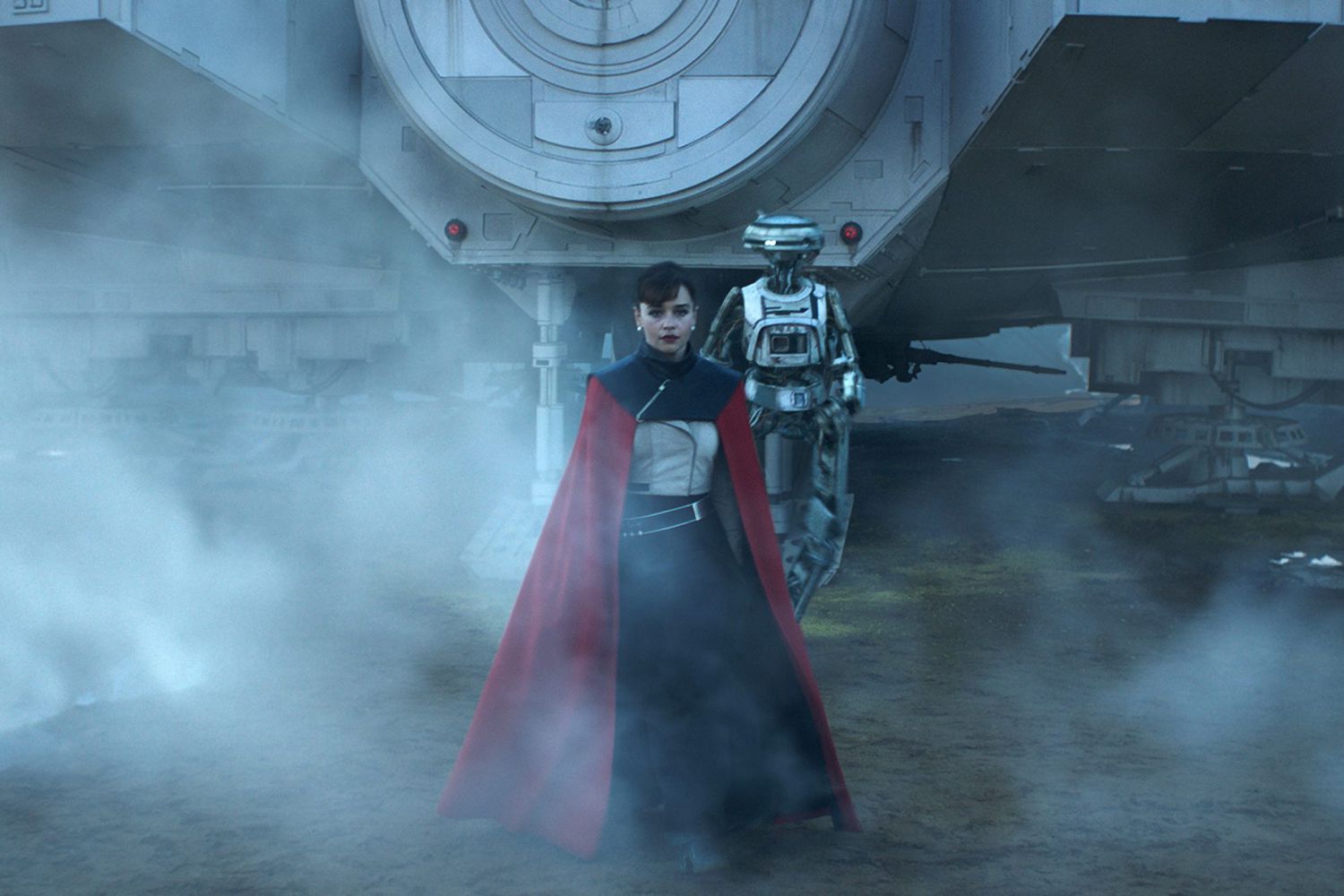
I have very little say about this except that it retcons Han Solo’s last name in the most laugh-out-loud ridiculous way possible, and that’s still one of the most clever moments in this mostly dull affair. Again, I can’t see myself rewatching this any time soon, mostly because just the thought of its grey-brown aesthetic makes me sleepy. One thing I did like: The performances were pretty good, especially Donald Glover and Emilia Clarke (I want to see more of Qi’ra’s story!).
08. Episode I – The Phantom Menace

The Phantom Menace is not great. It has the single worst character in the saga (you know of whom I speak) and poor Jake Lloyd wouldn’t have been able to make hay out of lines like “Are you an angel?” even if he was the greatest child actor alive (he wasn’t). And I haven’t even mentioned the mind-numbing politics! But there are things to enjoy. Liam Neeson plays the purest expression of the Jedi Knights of legend you could imagine – tough but fair, wise, and kind, he’s the embodiment of all our childhood dreams about the order. Ewan McGregor would grow into the role of Obi Wan in later films – here, he’s mostly window dressing – but when it counts, he’s great. Darth Maul is an intriguing, frightening villain – and his duel with Qui-Gon and Obi Wan is one of the best in the series. For all of its clunkiness, this is definitely one I’m apt to revisit from time to time.
07. Episode VII – The Force Awakens

We’ve made it to the movies I actually like! To be clear, I have problems with this movie. Yes, it basically just repeats the beats of A New Hope, right down to the giant planet-killing superweapon (it’s the Death Star but BIGGER!). But it does an admirable job of building interest in Star Wars after the much-maligned prequels, and the characters at the center of the new trilogy are uniformly intriguing and fun. It’s biggest sin is that it doesn’t really give this era of Star Wars a coherent, unique identity. Think about it: You can instantly tell the Prequels from the OT just by aesthetics alone. Can you do that with the Sequels? Nope! J.J. Abrams’ problem – which was exponentially exacerbated in his next film – is that he doesn’t have much of an imagination. Still, you can have a lot of fun with The Force Awakens, and that’s not nothing.
06. Rogue One: A Star Wars Story

The first half of this is kind of clunky, filled with exposition and not-very-clear character work. But it has one of the best endings of the entire franchise, a last act where everything clicks into place. It also has some of the best imagery in the series – it makes the Death Star scary again. That it’s willing to go there in the end makes this tragic story all the more impactful, and the Darth Vader cameo is badass without being too gratuitous. Even if there are some missteps along the way, by the end I’ve usually forgotten them.
05. Episode III – Revenge of the Sith

Revenge of the Sith still bears the marks of George Lucas’s various directorial incompetencies, but the power of the story he’s telling more or less cancels that out. Everyone has grown into their roles a bit more here – or maybe they’ve just figured out how to handle themselves under Lucas’s direction. The last hour or so – from Anakin’s turn to the final, climactic duels – is just pure Star Wars, mythic in stature and quality (even despite the cheesiness of lines like “You’re breaking my heart!”). The final twin sunset feels like a contented sigh – the completion of the story. That story would continue years later, of course, but at the time, who could have wanted or needed more from this franchise?
04. Episode IV – Return of the Jedi

Here’s the thing about Return of the Jedi: about half of it is nonsense. Basically, the Ewok stuff just doesn’t really work, even if I appreciate what Lucas was going for. But the other half of the movie – which focuses on Luke confronting his father and the Emperor – contains some of the greatest moments of the franchise. Against all odds, they stick the landing, telling a beautiful, tragic story with an uplifting ending that feels earned. It even contains my favorite music from the entire series. It’s a slam dunk, really. Shame about those Ewoks.
03. Episode VIII – The Last Jedi

I’ve talked ad nauseam about this on other platforms, so I won’t belabor the point here: I love The Last Jedi. It’s thematically rich, it challenges its characters in unique ways, its narrative is surprising without any of its twists and turns feeling like a cheat, and it’s freaking gorgeous. I’ve even grown to enjoy (though not love) the casino stuff (it’s actually a pretty small chunk of the movie, all things considered). Rian Johnson made the best Star Wars movie in decades by questioning everything that came before. He made the world and the characters richer. He got Mark Hamill to deliver the best (live action) performance of his career. The entire last half of the movie is one outrageously successful climax on top of the other, from the bravura throne room fight to Luke’s immensely satisfying confrontation with the First Order and Kylo Ren. It does all this, and it has a heart too: Luke’s conversation with Yoda is the best single moment in the entire sequel trilogy (maybe even – hot take alert! – in the entire saga?). Basically, I love it.
02. Star Wars
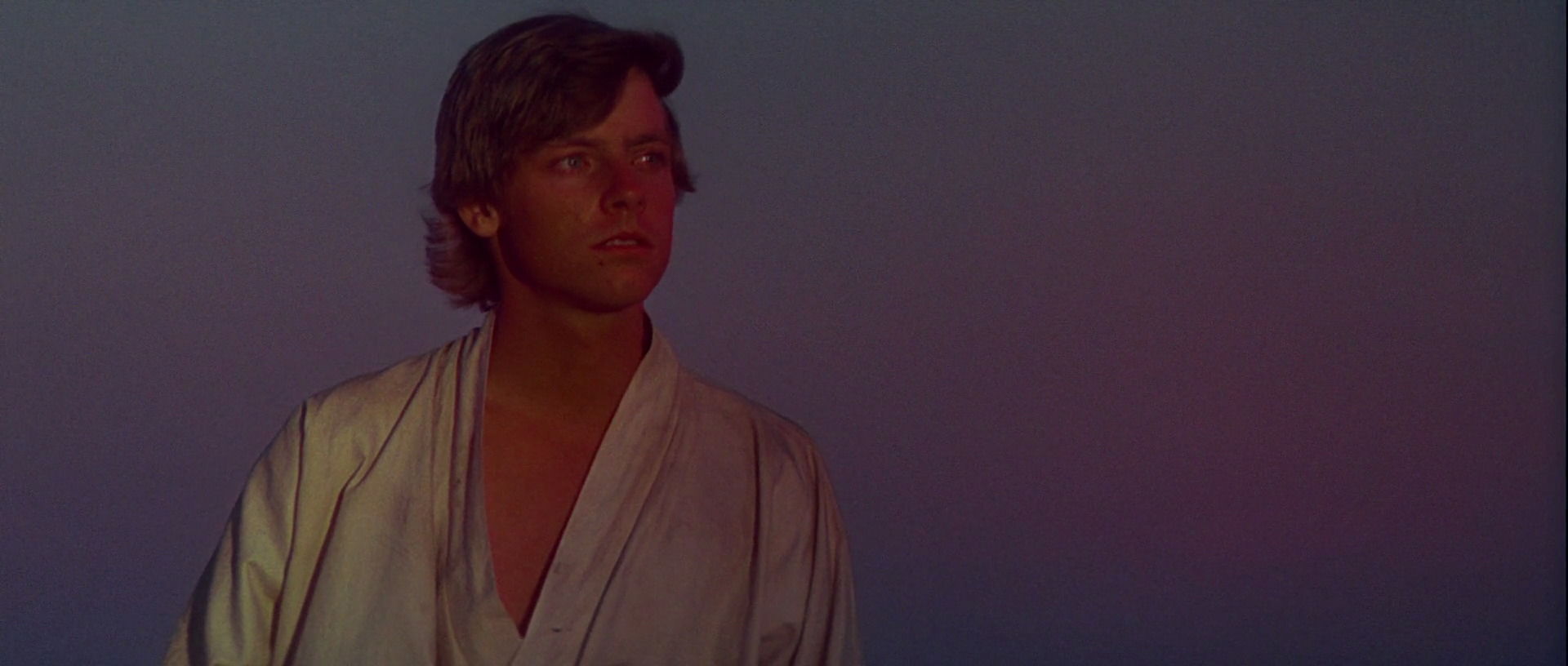
The original. A perfect piece of genre filmmaking, it introduces a world that continues to entertain us to this day. There’s not much to say here other than it still feels grand and near-mythic. It’s great, classic cinema that’s also a little dopey and awkward. All that would be ironed out in the next one, but Star Wars sets a tone and aesthetic that would come to define nearly a half-century of storytelling. Say what you will about everything else, but there’s little else in blockbuster cinema to match Luke staring off into the binary sunset, as potent an image of longing and the call to adventure as you will ever see.
01. Episode V: The Empire Strikes Back
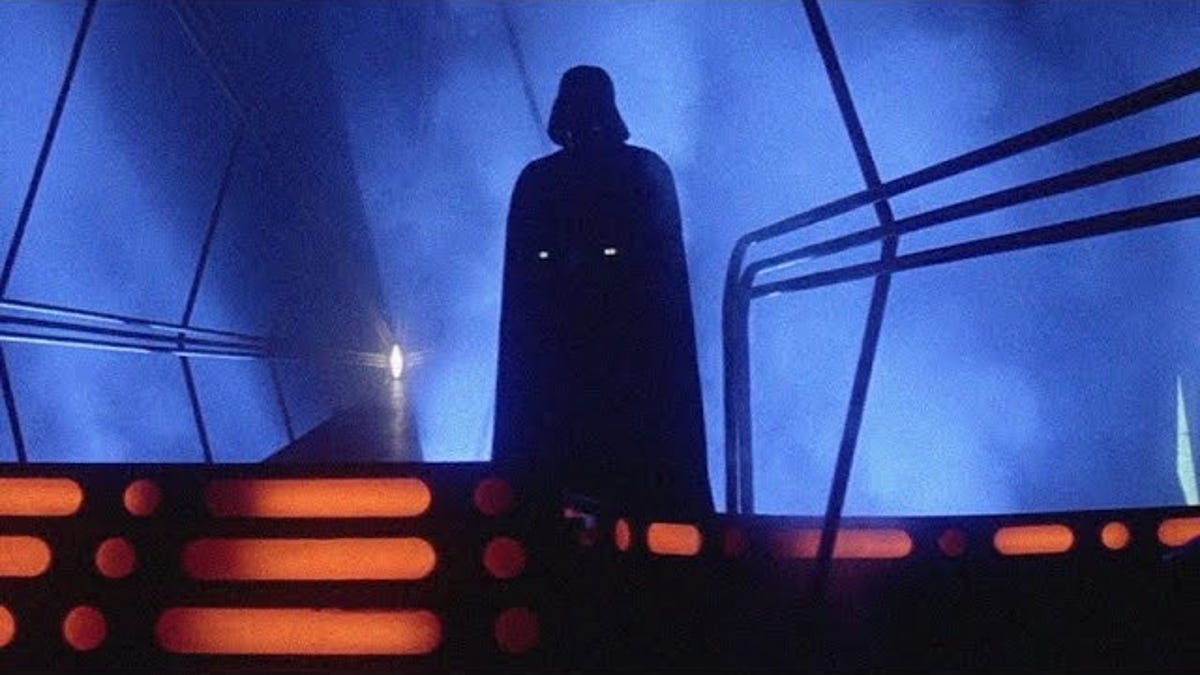
A New Hope is an operatic, earnest space adventure that distills the Hero’s Journey to its very essence. There’s a reason this whole Star Wars empire still reigns; if that first film hadn’t been as engrossing and as fun as it is, cinema itself would be very different today. And yet, the legacy of Star Wars must surely rest on the shoulders of The Empire Strikes Back, a mythopoeic masterpiece that outclasses its predecessor in almost every way. The characters (and their relationships) are richer, the story is more complex, and the stakes are higher.
Even the Force gets something of a makeover. Oh, true, the Force is very much present in the first film; Empire only builds, never contradicts. But mystical energy is omnipresent here, especially on Dagobah. The combination of Yoda’s mystical philosophy and the mist-shrouded swamp creates something almost primordial, as if we’ve stepped not just to the beginning of time but into another plane of existence, just past the edge of imagination.
It’s stunning stuff and it’s not even the best part of the movie. Luke’s confrontation with Vader is riveting. There are numerous iconic shots. And the big twist is famous for a reason. The way this ends – with a spark of hope amid the devastation – is exactly what Star Wars has always been about.
Star Wars would never (and will never) be this good again. It would come close a few times, but nothing will ever quite match Empire, which is a pure distillation of everything that this saga can be. A New Hope set the stage; Empire cemented a legacy.

So there you have it! My definitive ranking of the Star Wars movies. Here it is again, short form:
- The Empire Strikes Back
- Star Wars
- The Last Jedi
- Return of the Jedi
- Revenge of the Sith
- Rogue One
- The Force Awakens
- The Phantom Menace
- Solo
- The Rise of Skywalker
- The Clone Wars
- Attack of the Clones
- The Holiday Special
In the end, I really love this franchise. I think that for the most part, it’s blockbuster filmmaking done right (people who compare the soulless Marvel machine to Star Wars haven’t got a clue). Even there are a handful of movies I can’t stand, this series will always hold a special place in my heart. May the fourth be with you!
(That would work better if I’d posted this on time.)


